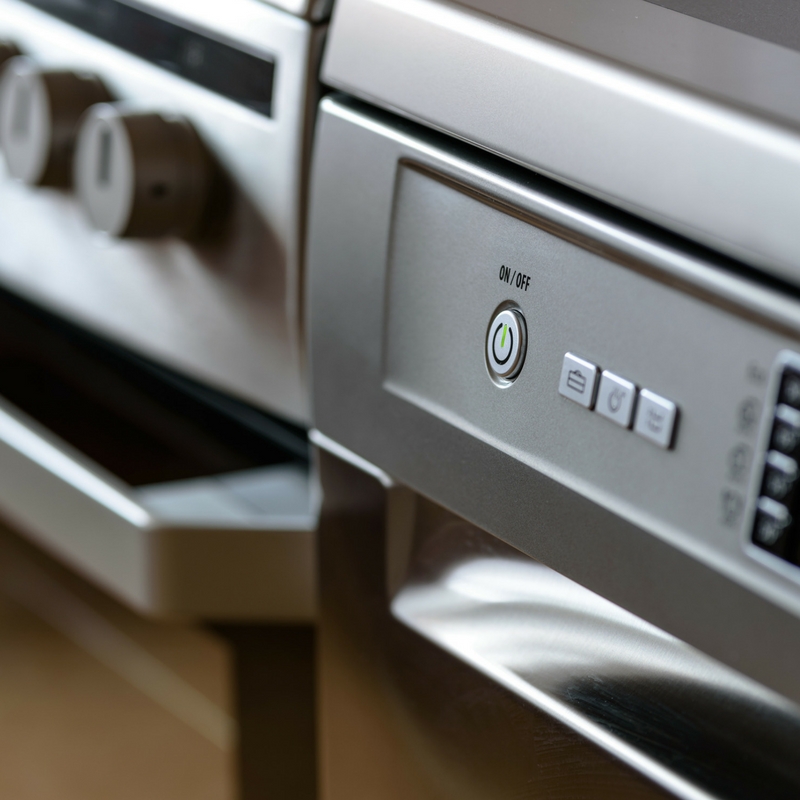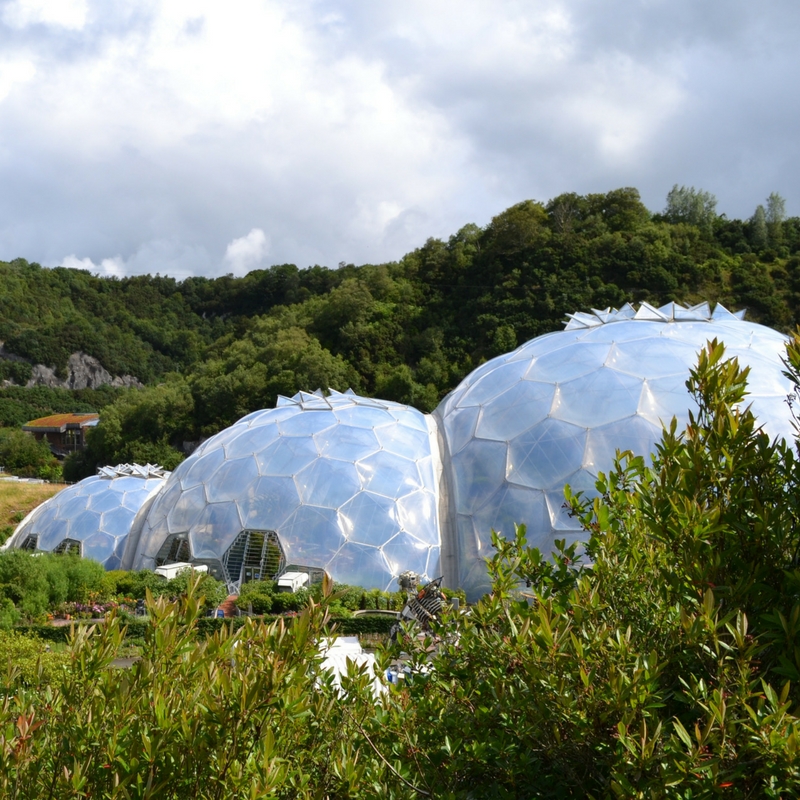10 Tips for Green & Sustainable Building
/The U.S. Department of Energy provides these 10 important tips for green and sustainable building:
1. Replace ordinary light bulbs with CFL bulbs. If every household replaced just one light bulb with a CFL bulb, America could save enough energy to light nearly three million homes.
2. Close curtains and shades at night to keep warmth in and keep them open during the day.
3. Try new lighting control technologies like motion-sensitive or timed off switch lighting. Using these new options can reduce lighting use by 50% - 75% and save the lighting portion of energy bills that account for 11% of overall household energy consumption.
4. Heating and cooling uses more energy and drains more energy dollars than any other system in the home. Approximately 43% of utility bills cover heating and cooling.
5. Install a programmable thermostat to keep your home comfortably warm in the winter and comfortably cool in the summer.
6. Replacing windows can save between 7% and 24% of the household heating and air conditioning costs.
7. Plug home electronics, such as TVs and DVD players, into power strips, and turn the power strips off when the equipment is not in use as TVs and DVDs in standby mode still consume several watts of power.
8. Choosing energy-efficient products can save families approximately $400 a year while reducing greenhouse gas emissions. Chose ENERGY STAR® certified products when you buy or replace household appliances.
9. In the workplace, buy and use ENERGY STAR labeled office equipment, and other products. Be sure that the “stand-by mode” function is activated as this automatic “sleep mode” saves energy and money when the equipment is not in use.
10. Regularly change the HVAC filters in the heating and cooling system of your home or office as dirty filters can cost up to $5 a month extra, overwork the equipment and result in dirtier indoor air. Consider purchasing “electrostatic” filters, which are washable, long lasting, and provide cleaner air. Clean or change filters more often if smokers or pollution sources are present.










